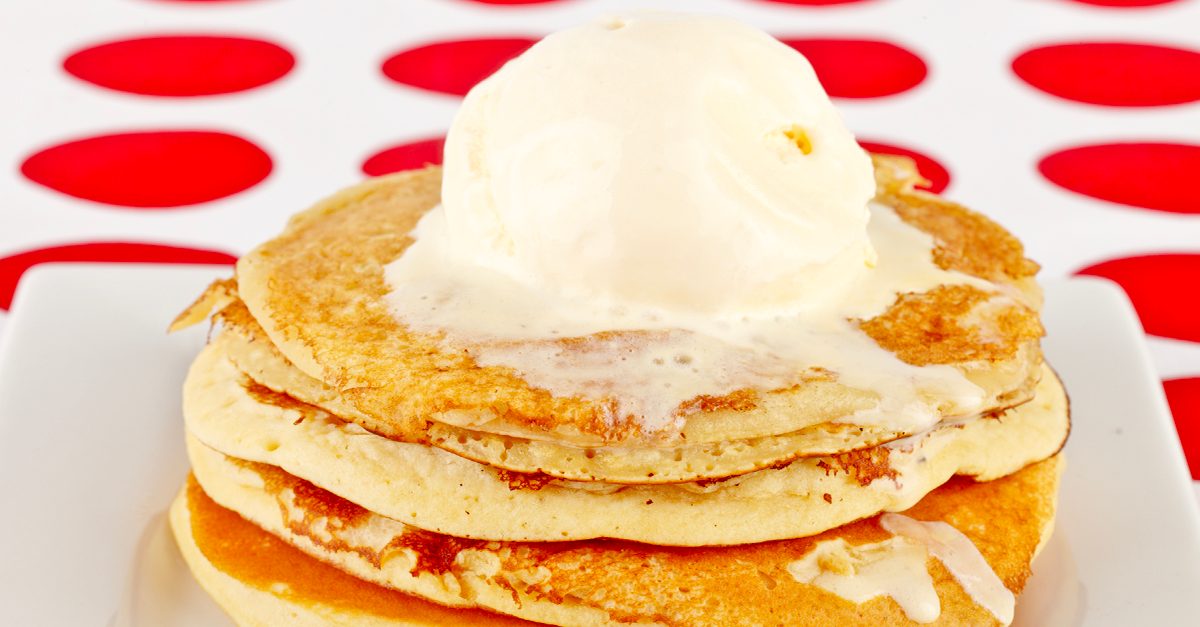Why does eating ice cream make us so happy? The reasons for its power on our mood
You eat an ice cream and you are immediately happy again; sometimes, even just at the thought of eating it. How many of you have felt this and why does it happen? The reason lies in the neurotransmitter called serotonin, which is produced by its precursor tryptophan; an element that can be found in ice cream and other foods. That's why eating ice cream (but in moderation!) is good for the mood.
;Resize,width=742;)
Eating ice cream always puts you in a good mood; there is no adult or child who is not happy after an ice cream and we are not talking just of summer. But why? What is the secret of ice cream and how does it improve our mood? The answer is not only "because it is good" although, in part, it is also about this. In fact ice cream, and sweets in general, contain elements that stimulate our brain to produce substances that help our psychophysical well-being. Today we explain why.
The connection between stomach and brain
Serotonin is the key. Serotonin is a substance naturally produced in our body, especially by serotonergic neurons in the central nervous system, but also in enterochromaffin cells in the gastrointestinal tract, where it participates in numerous biological functions. In a few words, serotonin is a sort of direct connection between the intestine, where the eaten food passes, and the brain, where substances that stimulate a physical or psychological response or both are produced; about 5% is produced by our brain and 95% of the rest from gut impulses. It is no coincidence that when we have intestinal problems we also often feel irritable and nervous.
Serotonin is therefore a neurotransmitter involved in mood regulation, but it is not the only one; there are also dopamine, oxytocin and adrenaline. The peculiarity of serotonin, however, is that it is also important for other functions, in particular:
- The control and regulation of mood and irritability, but also of the sleep-wake cycle, with the consequent prevention of behavioral disorders and depression;
- The functionality of bowel movements, the health of its bacterial flora and the general well-being of intestinal transit.
But how does our brain produce serotonin? It does this through tryptophan, its precursor (that is a substance that will then turn into serotonin) which is found in some foods; it is one of those amino acids that our body is unable to produce, so we must inevitably take it with food. Of course a good mood, as well as a bad one, can depend on external factors and not just on what we eat, but let's say that eating consciously can help us regain a good mood.
Beyond the contingencies, however, several studies have shown that a lack of tryptophan can have negative effects not only on mood, but also on memory, cognitive abilities and sleep quality.

Ice cream and tryptophan, but also other foods
In ice cream there are a series of ingredients that are already rich in tryptophan; one of them is milk, which in fact we recommend drinking even in adulthood, albeit in moderate doses. But also fresh fruit or chocolate which, in addition to containing a lot of tryptophan, also contains phenylethylamine, an alkaloid and neurotransmitter capable of stimulating the secretion of endorphins.
Of course, ice cream is not the only food that contains tryptophan, but it is certainly what you like best; however, in the face of a high level of sugars and calories, it is always good to limit yourself and, above all, include it in a well-balanced diet. So what are the other foods that can help our brain naturally produce more serotonin? Here is a list to always have at hand, especially in times of particular stress.
- dark chocolate;
- dried fruits such as peanuts, almonds, pine nuts, hazelnuts, walnuts, pistachios;
- sesame seeds;
- chestnuts;
- raisins;
- dairy products such as yogurt and ricotta cheese;
- legumes such as chickpeas and beans;
- fish such as anchovy, gilthead bream, sea bass, sole, cod, tuna;
- eggs;
- endive;
- cabbage;
- asparagus;
- green beans;
- lettuce;
- chard;
- spinach;
- zucchini.
;Resize,width=767;)
;Resize,width=712;)
;Resize,width=712;)

